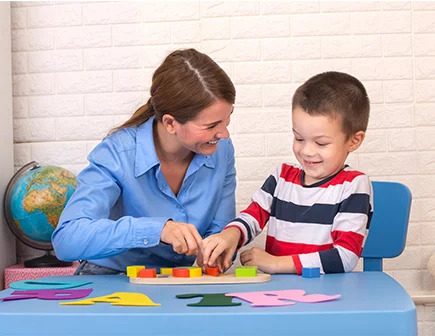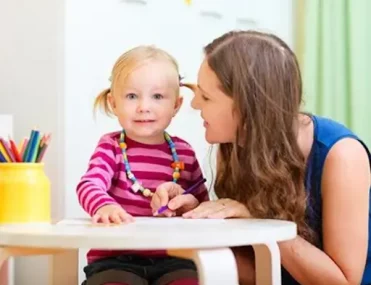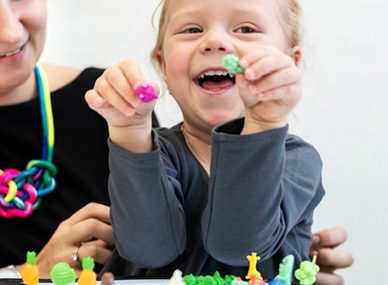Hello parents! Do you have a little one at home who has ASD, CP, developmental delay or any other serious condition? Okay, we have got you. Kids with these conditions often need occupational therapy. This therapy technique helps children learn how to perform daily activities, improve school performance, problematic behaviors, self-care tasks and many other things.
Kids who are undergoing occupational therapy in Dubai or any other place, need more support at home too. That’s why parents should willingly be involved in the therapy session to understand how the therapy is designed and its objectives. Because, the more your kids practice, the faster and better they will be.
occupational therapy in Dubai
Our certified and experienced pediatric occupational therapists are here to shore some occupational therapy tips that parents can try at home –
- Practice And Repetition Are Key
Help your kids practice new skills for short periods. Do not stretch it for long hours. Because shorter practices work better than long practices. But remember, only practicing during therapy sessions once or twice a week will not be effective – you should involve your kids in regular practices at home.
You have no idea how daily life provides great opportunities to practice. For example, if your little one is working on social skills, you can let them order their own food when you go out to eat.
Give your child plenty of time to practice without feeling rushed. For instance, wake your kid up 10 minutes earlier so they can practice tying their shoes independently, while not in a hurry.
- Use Visuals To Help
Visuals are really helpful for children who are learning a new skill. Some kids understand better with pictures, photos or visual schedules. These visuals are better than just words and support understanding and make transitions smoother.
Many children find it difficult to follow given instructions and move between activities. When you use visuals, teaching a new skill increases success. Parents can use picture icons, photos, visual schedules or even short stories with pictures.
Visuals are like a signal to your kid or remind them of the steps to do a task without you telling them each time.
- Consider The Setting
When you help your kids learn something new, keep noise and visual distractions minimized. Also, figure out which time suits your child to focus – like the mornings or evenings.
Parents should also limit their own distractions – so, put away phones, turn off TV, etc. When you’re focused, you model good behavior. Set aside dedicated time just for practicing skills with your child to show how important it is.
- Make A Regime
Predictable routines or regimes help many children feel safe and in control of their emotions.
When something is expected, it usually goes smoother. If a child is calm and settled, they’re in a better mindset to learn, accept feedback and even prefer to stick with learning the new skill.
Having a daily routine helps your child be in the right frame of mind and get the most out of practice.
- Engage Multiple Senses
There are kids everywhere, learning in various ways. Some need to see, some do better using hands-on activities whereas others have a preference for instructions that they can hear. It is generally agreed that children understand most things best if their different senses are involved equally. The more a new idea is learned through different ways in the brain, the more memorable it becomes. For example, when teaching handwriting skills – you can specifically tell what sound each individual letter makes, display how each particular letter should be written, and permit the kids to follow the dots for each letter.
- Connect To Your Child’s Interests
Another great thing parents can do at home is to link the new skill to their child’s favorite topics or interests. This is something that can make the activity more engaging and fun, leading to better learning.
Here’s an example – suppose your little one loves space, dinosaurs, fairies or mermaids. So, you can create themed activities or rewards around those interests.
Or, if your child loves to play with trains, you can use a train visual and add pieces to ‘build the train. These activities are helpful for the development of brains, understanding concepts and learning new skills faster.
Final Words
Before you head on to try these tips at home, we request you consult one of our certified occupational therapists for your kid.
Our therapists will assess the current state and difficulty levels of your kid. Based on their findings, they will design a custom and one-of-a-kind occupational therapy for your kid. And, they will also involve you in the therapy plan and give you necessary suggestions and tips to follow at home.
Visit our occupational therapy clinic at Hope AMC in Dubai today any day between 8:00 AM – 7:00 PM. Book a call now!




